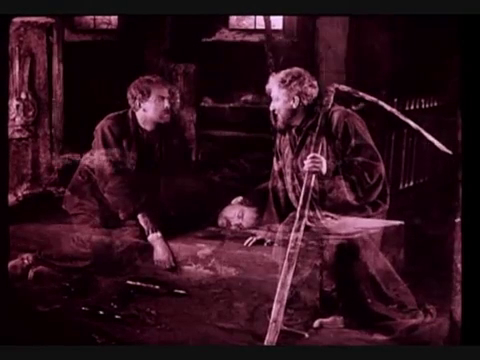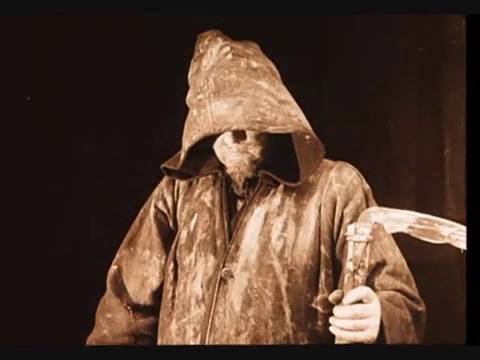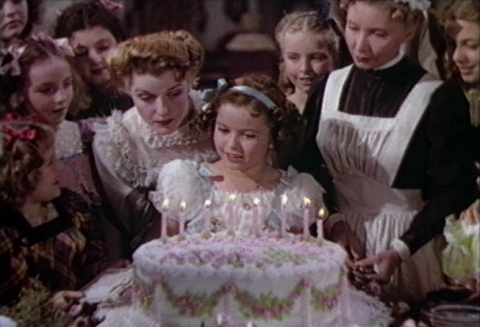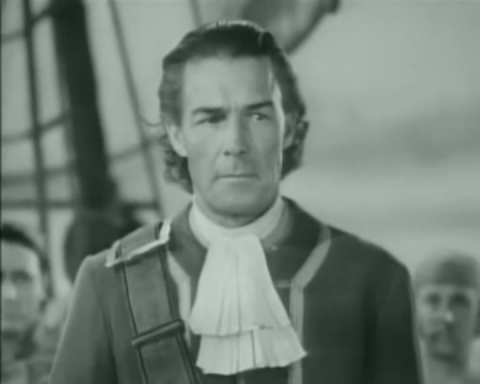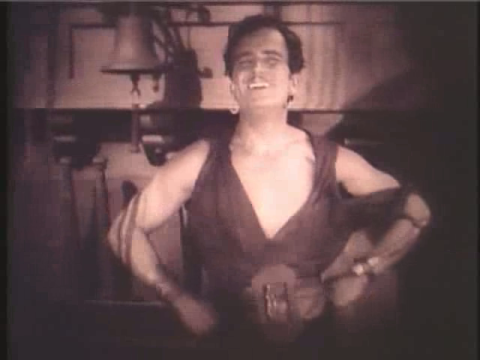If you have been reading my posts about Ingeborg Holm (1913), Berg-Ejvind och hans hustru (1918) and Klostret i Sendomir (1920), then you know that I, along with many others, consider Victor Sjöström to be one of the greatest directors of the 1910s and early 1920s. Perhaps the peak of his creative period came with Körkarlen, best known in English as The Phantom Carriage.
Körkarlen is a many-layered story about alcoholism, poverty, death and humiliation, but also about love, faith and atonement. It often balances on a thing edge between realism and sentimentality, and mostly manages to stay clear of any excesses in either direction.
The story is based on a novel by Swedish author Selma Lagerlöf (Nobel prize winner), and closely follows the original. At the core of the story, we find the Salvation Army sister Edit. She has been trying to save David from his sinful life in alcholism, but David has no wish to repent. That is when Death’s coachman (who drives around to collect the souls of the dead) steps in, and when David appears to die after a drunken brawl on New Year’s Eve, the coachman takes David on a journey through time and space to make him see the wrongs of his life.
The score of this version must be characterized as ambient. It is very mood-setting, but sometimes it seems to miss the mood a bit. On the whole, it works well, but I am sure better scores exist.
This film is best enjoyed as a true classic and an excellent example of Swedish film making around 1920. If anyone sees parallels with Dickens’ A Christmas Carol, that is no coincidence (compare Scrooge (1951)). Lagerlöf said herself that the story was inspired by Dickens, though this is far more than just a cheap imitation. Körkarlen deserves to be enjoyed on its own merits.
Körkarlen
Download link
Year: 1921
Running time: 1 h 46 min
Language: Swedish; English subtitles
Director: Victor Sjöström
Stars: Victor Sjöström
Image quality: Acceptable
Resolution: Medium (480×360)
Soundtrack: Acceptable; partly adapted to the images
Sound quality: Good
Best file format: MPEG4 (1.3 G)
